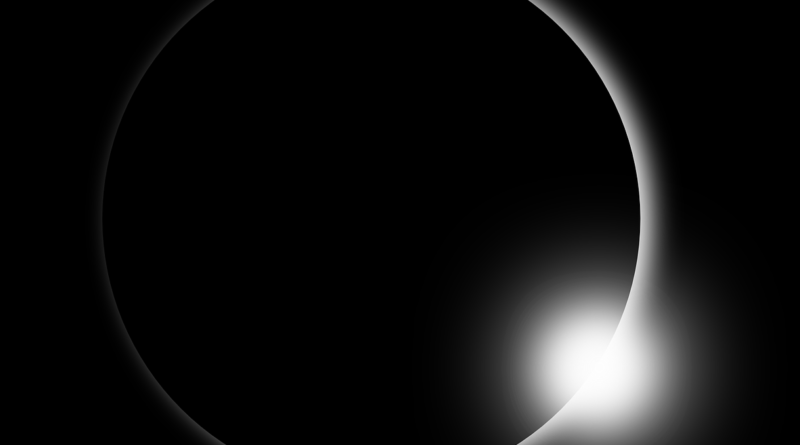Solar eclipse: Eye health warning
Every astronomer in the country will tell you to enjoy this rare opportunity. No matter what superstitions you’ve heard, there is no risk to your health due to simply being outside during a total solar eclipse.
But there’s one thing you shouldn’t do, and that’s look at the sun with your naked eye.
Don’t do it. Really.
The only time you can look at the sun with your naked eye is
A) if you’re in the path of totality, where the sun will be completely covered by the moon, and B) during those two minutes or less when the sun is completely covered.
During those brief and geographically constrained moments, the brightness of the sun is reduced to that of a full moon, which can be viewed safely without anything over your eyes.
Otherwise, any glimpse of the sun’s brightness is not only uncomfortable, it’s dangerous.
What happens if you ignore the warnings?
Your face won’t melt off, “Raiders of the Lost Ark”-style, but your eyes could be severely damaged. And, yes, you could go blind.
Looking directly at the powerful brightness of the sun can cause damage to the retina, the light-sensitive part of the eye.
“When you look directly at the sun, the intensity of the light and the focus of the light is so great on the retina that it can cook it,” said Dr. Christopher Quinn, president of the American Optometric Association. “If the exposure is great enough, that can and will lead to permanent reduction in vision and even blindness.”
The retina may translate light into an electrical impulse that the brain understands, but one thing it can’t translate to your brain is pain. So even if you’re excited about the eclipse and think one brief glimpse at the sun before it completely hides behind the moon is worth it — it’s not. There’s no internal trigger that is going to let you know that you’ve looked at the sun for too long. Any amount of looking at it is too long.
Even the smallest amount of exposure can cause blurry vision or temporary blindness. The problem is, you won’t know whether it’s temporary.
“It’s really impossible for people, when they’re in the moment, to make a judgment over brief versus prolonged exposure,” Quinn said. “It’s never a good idea to view the eclipse without the protection.”
Why you need eclipse glasses
No matter how cute or fancy they may be, wearing your favorite pair of sunglasses or a whole stack of sunglasses, for any MacGyver wannabes out there won’t help. You’ll need eclipse glasses, which are regulated by an international safety standard. They’re cheap and widely available, and some libraries are even providing them free.
Whether you use the cardboard eclipse glasses or a handheld card with a single rectangular view, the most important feature is the filter.
The road to watching solar eclipse, you must always use a safe solar filter to view the sun directly.
Let’s Just Go For It! Wish you an Awesome Learning Experience.
Subscribe to our YouTube channel:
https://www.youtube.com/c/TimesRide?sub_confirmation=1
Visit our Official Website: https://timesride.com
Follow us:
Facebook: https://www.facebook.com/timesride.connect
Twitter: https://twitter.com/TimesRide
LinkedIn: https://www.linkedin.com/in/timesride
Instagram: https://www.instagram.com/timesride.connect
Pinterest: https://in.pinterest.com/timesrideconnect
Scribd: https://www.scribd.com/user/529709683/Times-Ride
Thank You
#AwesomeLearningExperience
#SmartQuickTips&Tricks #LeaningVideos #TimesRide #Keep Learning to Keep Winning!


